which is a best practice for writing an effective text ad?
Whether it's a catchy jingle, a clever slogan, or an inventive bus ad, advertisement examples are everywhere and come in all shapes and sizes.
According to market research firm Yankelovich, the average person was exposed to up to 5,000 ads per day in 2007. In 2021, this figure is estimated to be 6,000 to 10,000 ads daily.
But with so much noise and competition, how do you create an effective, creative ad campaign that stands out?
What is an advertisement?

According to Oxford Languages, an advertisement is "a notice or announcement in a public medium promoting a product, service, or event." But this isn't the only advertising definition out there.
The Advertising Association of the UK's Jeremy Bullmore came up with a definition of advertising as "any paid-for communication intended to inform and/or influence" in 1975. He later updated this to include non-paid advertisements.
These definitions are relatively vague because it's tricky to define ads in any great detail due to the variety of mediums they can come in. For example, an advertisement on a park bench is very different from a creative online advertising campaign on Facebook or Instagram.
Establishing the objectives of advertising is essential in marketing, regardless of how you choose to run your advertising campaigns. Below, we're going to look at the importance of advertising and types of advertising, with a series of good advertisement examples that you can use for inspiration for your own ad ideas.
What are the objectives of advertising?
The first step of any marketing strategy is to establish why the ads are needed. Are you letting people know about a great new product or getting your starter business off the ground? Do you have an important message to share, or perhaps you have an apology to make?
When it comes to marketing, there are all sorts of reasons why a company might want a great ad campaign, but these can generally be broken into the following five categories:
1. Awareness.
An informational ad campaign is used to increase awareness and exposure within the target market. Examples include informing people about a new product, a change to your practices, special features or services, or even just letting customers know that you exist in the first place.
2. Conversions.
Most people assume that advertising is solely used to convince people to buy something. Although this isn't the only objective, it is undoubtedly a crucial part of any ad campaign.
That said, the persuasion might not just be to convince you to purchase; some companies may use advertising to right a wrong or to get customers to challenge their ideas about the brand.
3. Consideration.
Advertising can also be a valuable way to remind customers of your company's vision. A good marketing strategy will also ensure you're not easily forgotten (I still hum "Dumb Ways to Die" occasionally) and aids with word of mouth marketing.
5. And there's also this…
Occasionally, advertising can also be used to right a wrong or issue a correction.
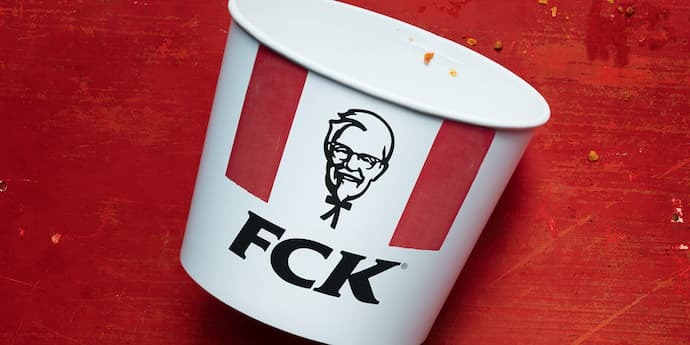
One of the best examples of this was the 2018 "disaster" when KFC ran out of chicken in the UK. As an apology, KFC bought out a stand-alone print ad showing an empty bucket with the letters mixed up to read "FCK." This funny and light-hearted ad was the company's way of apologizing for the mistake, and it won't be easily forgotten!
What is the importance of advertising?
A creative product advertisement can go a long way when it comes to inspiring an audience to feel a certain way about your brand. There are benefits to a good ad campaign for both the consumer and the business.
For the consumer, the key benefits include:
- Well-targeted ads can help consumers make informed purchasing decisions.
- Advertising allows customers to see what's available, what features they have, and what the average price of a product or service might be.
For the advertiser, a good advertising campaign can:
- Build brand awareness.
- Improve the brand's image.
- Help their products stand out.
- Increase goodwill.
- And much more.
What types of advertising are there?
Think of an example of an advertisement of a product. Chances are, you're remembering a television ad you saw recently, or perhaps a print in your local paper, right? While these are good examples, product advertisement can take numerous forms, many of which you might not even notice!

Print advertising
Advertisements can be traced back to 2000BC when Egyptians would carve public notices in steel. The first print ad as we know it, however, was created in England in 1472: promoting a prayer book for sale.
This type of marketing is almost everywhere we look, including in your newspaper, magazine brochures, flyers, posters, etc.
Broadcast advertising
Broadcast advertising tends to refer to television and radio ads, although these days it's unlikely that you'll find a television ad that isn't also widely available on the internet! This type of advertisement is most likely accompanied by a catchy jingle or slogan to help make the ad more memorable and interesting.
Outdoor advertising
The Egyptians in 2000BC technically invented the first form of outdoor advertising, although we might consider it to be slightly different today.
Outdoor advertising can include billboards, bus stops, ads on park benches, or even a creative bus advertisement or another vehicle wrap.
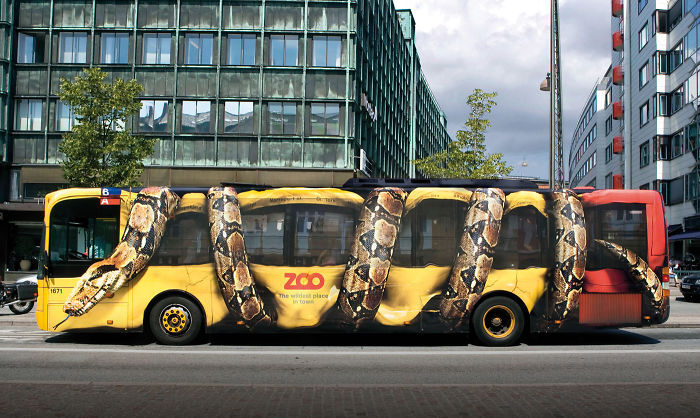
Digital advertising
Once, "digital advertising" might have easily been defined as any advertisement on the internet or a digital device. These days, however, online digital advertising is probably the primary medium for marketers as this is where we spend our time!
Because of this, the "digital advertising" definition is particularly vague and can cover anything from banner ads to pop-ups, creative social media marketing, native display advertising, blogs, Pay Per Click affiliate marketing, or even influencer marketing, to give just a few examples.
Effectively, if it's online, it counts!
Product integration
Sometimes subtle, more often painfully obvious, product placement in TV shows, movies, or pretty much any other entertainment medium has always been there. This is an expensive option for marketers, but it can be a highly effective strategy if you have the budget.
Who didn't crave a delicious Twinkie by the end of Zombieland? And I know I begged my parents for a Nokia cellphone after watching The Matrix!
13 well-known creative product advertisement examples:
Now we know what an advertisement is and its importance, let's look at some of the best ad examples throughout history.
Hopefully, these advertisement examples will give you some ideas of what makes a great, memorable, classic ad and provide some inspiration for your own campaigns.
1. Absolut: The Absolut Bottle
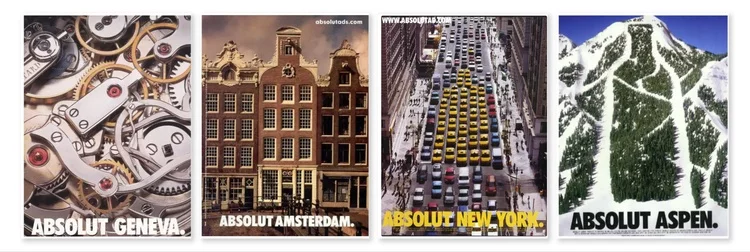
The Absolut print marketing campaign started in 1980 and was unbelievably successful. Running for 25 years and featuring over 1,500 different images, this was the longest uninterrupted ad campaign ever and dramatically increased Absolut's share of the US vodka market.
Despite the Absolut vodka bottle's relatively mundane appearance, this creative marketing campaign involved everyday items and scenery being used to mimic the shape, creating an exciting narrative loved by all.
Takeaway: Even if your product looks uninspiring, you can still make it interesting and unique with a bit of creativity.
2. California Milk Processor Board: Got Milk?

One of the most famous print ads around the world, the California Milk Processor Board's "Got Milk?" campaign increased milk sales in California by 7% in a single year, and it captured the imagination of people worldwide… With memes and parodies still popular today!
The campaign came from ad agency Goodby, Silverstein, & Partners and was aimed at people who already drink milk, with the logic that "the only time people really think about milk is when they've run out of it."
The ad included print, television, radio, and billboards and ran for over a decade.
Takeaway: Sometimes, it's better to appeal to your current market than to seek a new one.
3. Clairol: Does She or Doesn't She?
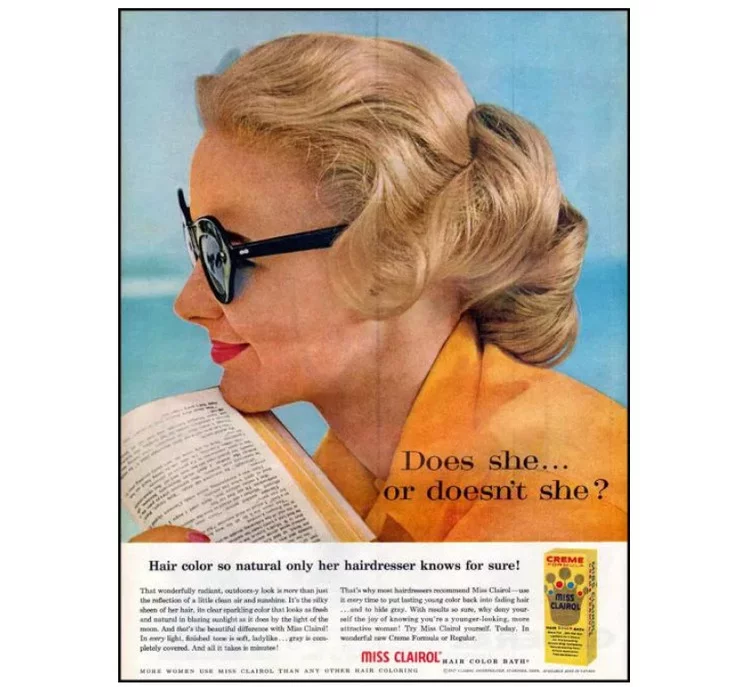
This stand-alone print ad is from 1957 when using artificial colors in your hair was stigmatized. The slogan "does she or doesn't she" was created following a real conversation between copywriter Shirley Polykoff and her mother-in-law, tapping into the idea that hair coloring could be a secret between a woman and her hairdresser.
When the print ad first entered circulation in 1957, only 1 in 15 women admitted to coloring their hair. By the end of the campaign (11 years later), this increased to 1 in 2!
Takeaway: It's better to show than tell.
4. BBC: Dracula Billboard
Appearing across the UK near the end of 2019, the BBC took outdoor advertising to a whole new level when promoting their new show, Dracula. This billboard featured a white design with several steaks hammered into it during the day: appropriate for a show about vampires, right?
However, by night, the steaks' clever design and strategic placement caused a shadow to appear across the white background, creating a shadow of the famous count to appear. One of the best creative advertisement examples we've ever seen.
Takeaway: Thinking outside the box can allow you to use classic ad strategies in new ways to create something unique.
5. Nike: Just Do it
Before Nike's "Just Do It" campaign in the late 1980s, the sports apparel retailer catered almost exclusively to professional athletes and marathon runners. This huge campaign managed to change the brand perception by tapping into the US's latest fitness craze and rebranding as an apparel store for the masses.
According to the campaign's creators, the ad "speaks to our core mission." It's appeared in multiple formats over the years, including an innovative poster completed in braille.
Takeaway: It's never too late to reach a new audience and rebrand to something more accessible.
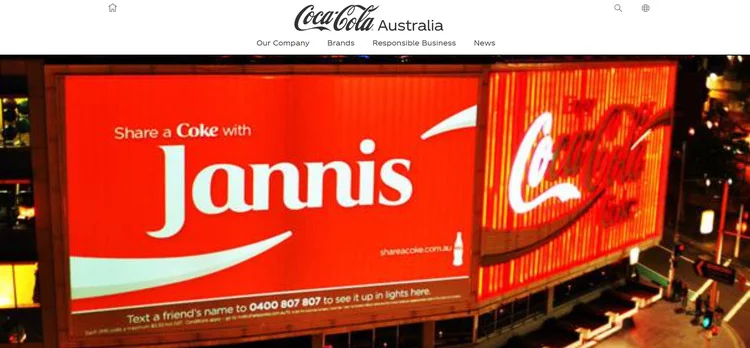
By now, most people are familiar with Coca-Cola bottles, cans, and advertisements featuring a tremendous selection of names under the "Share a Coke with…" campaign.
What started in Australia in 2011 with 150 of the country's most popular names transformed into a global sensation, and now you can even contact Coca-Cola for a personalized bottle featuring a nickname or company logo.
Such a temporary item's personalization was hugely creative and gave way to other Coke campaigns with labels featuring song lyrics, holiday destinations, and more.
In addition to the personalized labels, Coke also advertised their inspiring campaign on billboards worldwide, and you could even text in a name to be featured for the world to see.
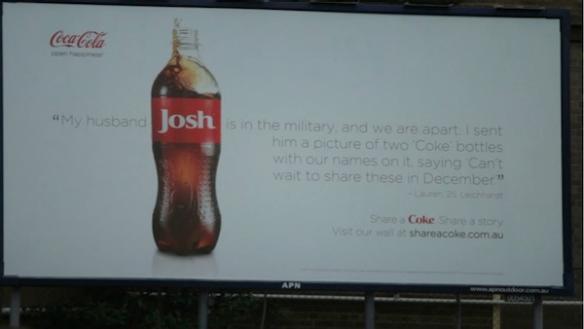
Naturally, Pepsi launched its own ads to poke fun at the rival company, but it certainly didn't damage this campaign's success!
Takeaway: Even a throwaway or mass-produced item can inspire a personal connection.
7. DeBeers: A Diamond is Forever
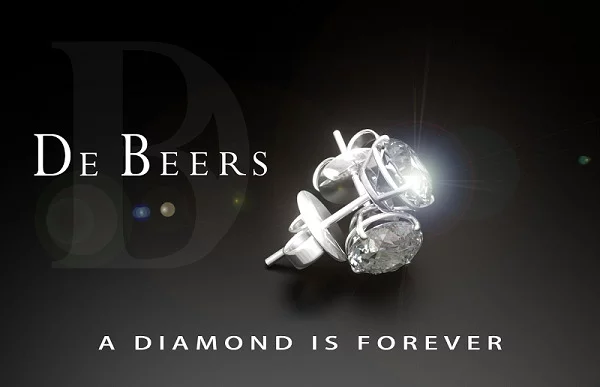
Possibly one of the successful ad campaigns ever, DeBeers effectively changed the diamond industry and marriage forever with their simple slogan: "A diamond is forever."
Before this campaign, diamond engagement rings weren't anywhere near as popular as they are today, so DeBeers practically built the entire industry from the ground up. Showing how the right campaign, using the right words, with the right visual, at the right time can transform an entire market.
Since 1948, every single DeBeers advertisement featured the words "A diamond is forever," and AdAge awarded the campaign "#1 Slogan of the Century" in 1999.
Takeaway: Never underestimate the power of advertising for creating luxury and value.
8. Budweiser: "Whassup."
The best ads stay with us even after they're gone, and Budweiser has always been great at capturing the inspiration and creativity of its audience with creative, funny ads.
The "Whassup" television commercial first appeared in 1999, airing until 2002. It featured a group of friends who were "watching the game, havin' a Bud" and gave those of us old enough to remember the 90s a catchphrase that would last for years.
In 2020, Budweiser reimagined this successful campaign with a "quarantine edition" where "checking up on mates" is "whassup."
Takeaway: You don't need to be offensive or go off-brand to make a funny ad that captures your audience's attention and inspiration.
9. Procter & Gamble: Thank You, Mom
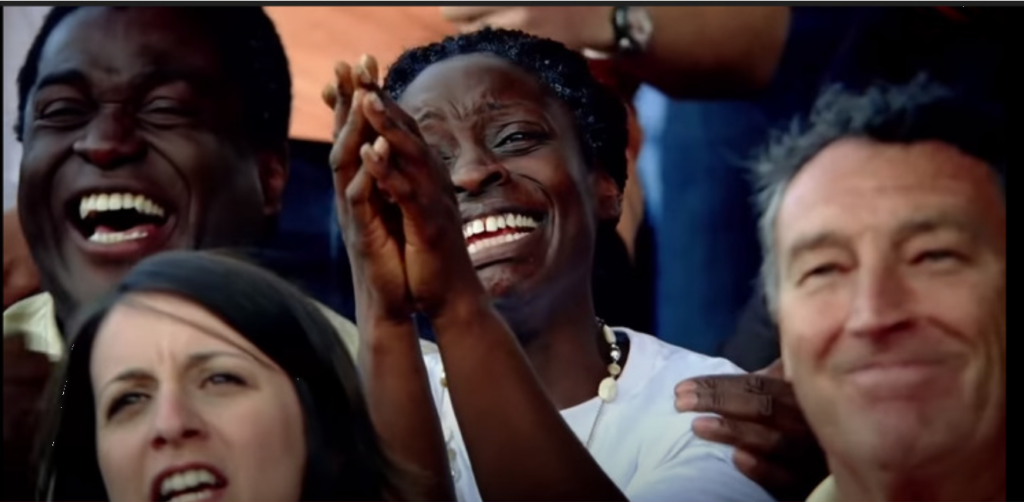
Television ads aren't always funny. This powerful campaign tugged on the heartstrings of all during the 2010 Vancouver Games, the 2011 Special Olympics, and the 2012 London Olympic Games.
By digging deeper into the lives of professional athletes and the moms responsible for their success, the P&G agency grabbed our attention with this creative video that really does showcase how P&G products touch everyone's lives.
Connected by the tagline "Proud sponsors of moms," this was P&Gs most successful global ad campaign in its entire 175-year history and sparked the creativity of users worldwide. It inspired over 370 million social media interactions and increased P&G sales by over $500 million.
Takeaway: Making an emotional connection with your audience is vital. If you're part of a bigger or more universal story, don't be afraid to showcase it.
10. Always: #LikeAGirl
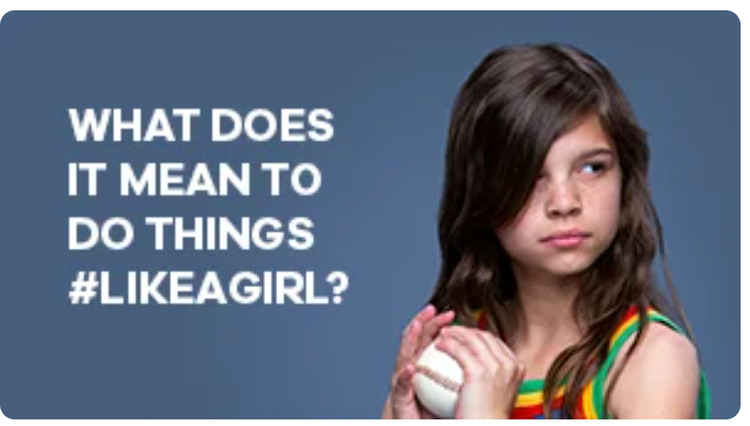
An excellent example of how a great video can translate into a viral social media sensation, the Always #LikeAGirl ad campaign inspired audiences when it ran in the 2015 Super Bowl with a ground-breaking message that inspired people around the world.
The ad challenges the idea that playing sports "like a girl" is a bad thing, and the hashtag is still used on social media today, with 44 new "girl power" emojis now available on mobile and social platforms around the world.
The message was so inspiring that 94% agree that #LikeAGirl has encouraged girls to feel more confident, and 3x more girls now associate the phrase "like a girl" with positivity. Amazing!
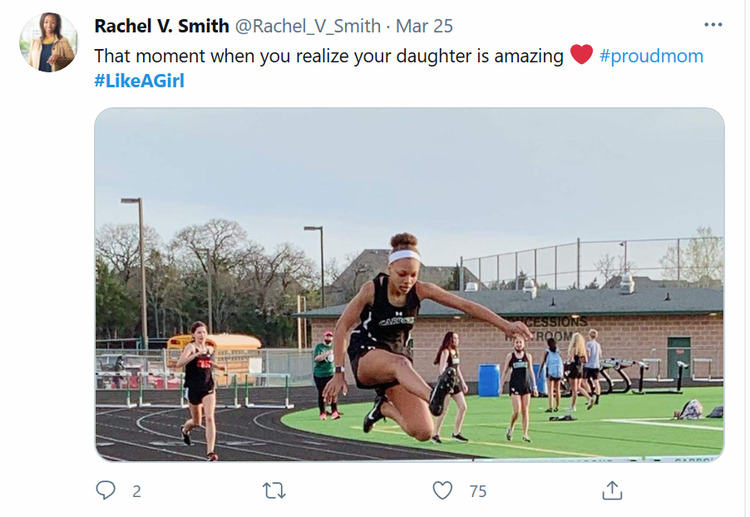
Takeaway: Acknowledging your audience's challenges with a powerful message can inspire passion and let your customers know that you're on their side.
11. Old Spice: The Man Your Man Could Smell Like
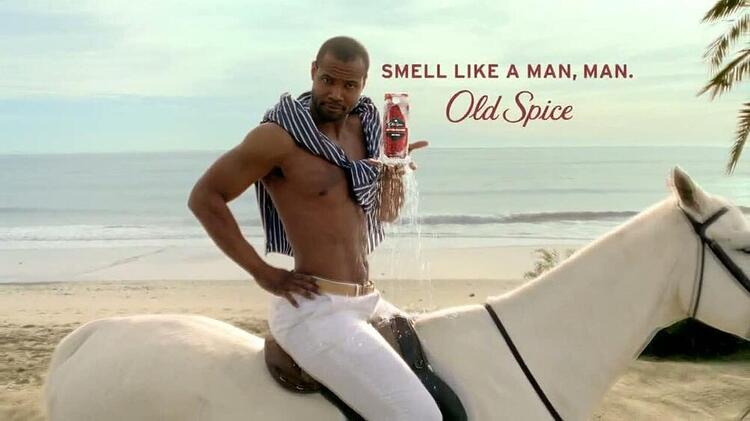
This commercial simply exudes cool and sophisticated vibes. The idea behind the campaign was that your man might not be as classic and cool as "Old Spice Guy," but with this cologne, he could be the next best thing!
This campaign quickly went viral, and the YouTube video has well over 59 million views!
Part of this campaign's success was how the agency responded to people on social media, with Mustafa ("Old Spice Man") even recording personalized video responses for online fans.
The creative and clever idea to get personalized "mini ads" made to respond to fans on social platforms was a huge part of this campaign's success, ensuring the content remained relevant and surprisingly personal for a long time.
Takeaway: If your content starts gaining attention, jump on it with creative new content that you can post to social media. Keep customers engaged by engaging.
12. Google: Year in Search
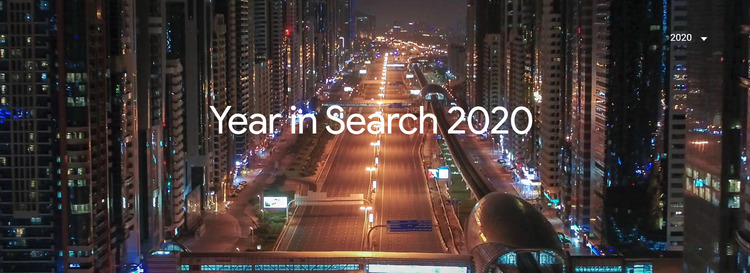
This online content might not be the most well-known example on our list, but it is a great example of how a business can use its customers' ideas in new and creative ways. In fact, Google has been creating "Year in Search" content annually since 2016.
This annual video is used to promote Google's services by reminding users how much they use and rely on the search engine in their daily lives. The videos all contain a powerful message and tell a story of the last 12 months.
Takeaway: It's not always down to you to create content. By repurposing things your users post or highlighting how your business has helped in the past, you can create an emotional connection with your customers and promote your services in new ways.
13. Metro Trains: Dumb Ways to Die

We mentioned earlier how a creative and catchy jingle can get people to pay attention (and get your tune stuck in their heads all day). Metro Trains in Australia is a great example of how looking at things differently can help you make creative content perfect for getting your message across.
Dumb Ways to Die quickly became an internet sensation, with the song played on the radio, and a mobile game was even made to Metro's design!
The idea behind this campaign was simple: messing around near train tracks is dumb. In fact, it's as dumb as dying because you poked a grizzly bear, took your helmet off in outer space, or eating gone-off food.
With funny content that doesn't feel like it's lecturing, Metro Trains gets the idea that messing around near trains is bad across with ease and humor.
Takeaway: Even if your subject is morbid, there's no reason you can't use creative content or cute design ideas to communicate with your audience.
What is native advertising?
Native advertising is a little different from the ads you might think to find in a newspaper, magazine, or TV, but they're there! This paid content is an alternative way for marketers to get their ideas across in a more subtle manner.
Native advertising is something you'll probably come across daily. It'll be in a blog post or maybe a newspaper article about a subject relevant to the thing being marketed, but the business isn't necessarily what the article is about.
For an article to classify as a native advertisement vs. an overt ad, it will align with the style and tone of voice of the business or publication that's presenting it. Guest or sponsored blog posts are a great example of native advertising, but you might also find them in banner ads and other locations.
Affiliate marketing and Pay Per Click marketing are both generally considered native advertising.
Look for the "sponsored" logo or similar indicators to see whether the article you're reading has been made to promote a business. You might be surprised how common these are!
Native advertisement examples:
Although you might feel like native advertising is a cheeky way to promote your business, often, the blog post itself will be full of genuinely valuable ideas and content, so you shouldn't be automatically put off.
Any article that uses affiliate links or is receiving money for the content must clearly state this somewhere on the post.
1. Buzzfeed
Buzzfeed is full of native advertising and paid content. The Shopping pages, in particular, are pretty much all designed to sell you something, but even some of their other content might include native adverts.
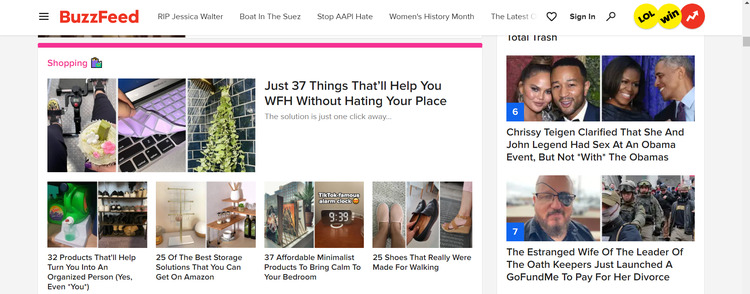
2. Forbes
Just like Buzzfeed, if you get your news from Forbes, you've probably come across examples of native advertising by way of guest posts. They use the tag "BrandVoice" to let you know when a post has been written by another company.
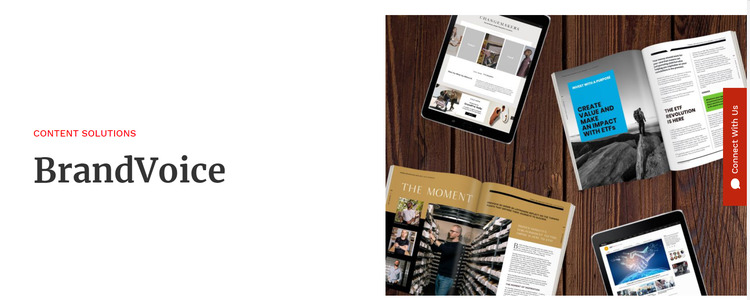
Like Buzzfeed, just because a post has been written by another business to promote their services doesn't mean it's not worthwhile. Forbes labels these articles as providing "storytelling and expertise from marketers," which is probably a fair definition.
For example, SAP Concur produced an interesting article on how AI can help your business evolve (and, if you're interested in this, you might also want to check out our article about chatbots), and financial service firm Fidelity is a regular contributor to the site.
Top tips for making creative advertising campaigns.
Now you've got some ideas on what makes a great ad campaign (and maybe you've also checked out your competitors ads on social media), you should ready to get creative and design the next best marketing campaign, there are a few questions you need to ask yourself first:
- Who is your target market?
Consider age, gender, interests, and anything else you can think of to get this category as streamlined and specific as possible. - What is the purpose of your ads?
- Where does your target market spend their time?
Do your market research well to establish whether your target audience is constantly on social media, love a magazine, or are an avid blog reader? Do they listen to the radio on their daily commute or watch television in the evening? - When should you publish your ads?
This doesn't just mean the time of day… You should also be thinking about things like the next holiday season (for example, you might want to avoid common Christmas marketing mistakes) or current global events (like Covid-19's imposed lockdowns) that might influence buyer behavior.
Once you've figured out the Who, What, Where, and When of your advertisements, you'll be on track to develop a creative marketing campaign that will help your business stand out for all the right reasons.
which is a best practice for writing an effective text ad?
Source: https://sixads.net/blog/advertisement-examples/
Posted by: stewartfaturaved.blogspot.com

0 Response to "which is a best practice for writing an effective text ad?"
Post a Comment